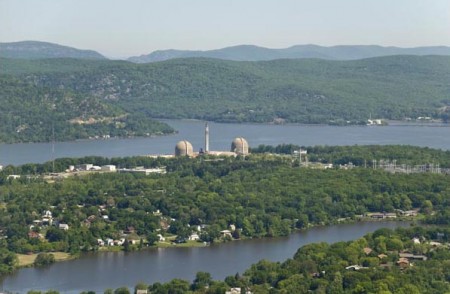State support vital to the future of the Hudson River

Photo Courtesy Giles Ashford
View more images on our Flickr site
This article was originally published in the Journal News August 18, 2009.
This summer’s Quadricentennial celebrations commemorating the 400th anniversary of Henry Hudson’s voyage drew thousands of New Yorkers to the Hudson River’s shores, reminding us of the essential role the river plays in sustaining the region’s prosperity and quality of life.
The Quadricentennial also gave the Hudson Valley’s leading environmental organizations – Riverkeeper, Clearwater and Scenic Hudson – an opportunity to present a collective vision for ensuring the future health of the Hudson. Three key elements of our vision are the adoption of a clear policy by New York to protect declining Hudson River fish species from power plant cooling water intakes; a new campaign to ensure the education of the next generation of environmental leaders; and the preservation of 65,000 acres of lands along the Hudson that have scenic, ecological and agricultural significance.
The battle over what constitutes optimal cooling technology for Hudson River power plants is not new. It began more than 30 years ago when Riverkeeper’s predecessor, the Hudson River Fisherman’s Association, first opposed the construction of the Indian Point nuclear power plant, arguing that its massive use of river water would decimate fish populations. After much legal wrangling, Indian Point and other Hudson power plants were allowed to use the damaging “once-through cooling” technology on a temporary basis while studies were conducted to collect additional data on the fish impacts.
A quarter-century later, Indian Point is still using two and a half-billion gallons of river water a day, for free, and killing more than a billion fish, eggs and larvae every year. In 2003, New York state issued a new draft permit for Indian Point that would require retrofitting to closed cycle cooling. The state subsequently renewed the permit for Danskammer, another Hudson River power plant, without such a requirement. These contradictory decisions suggest that the state has failed to establish a clear policy regarding the environmental damage wrought by outdated power plants on the Hudson.
After 30 years of study, it is well understood that converting existing power plants on the river from once-through systems that use river water to closed-cycle cooling would reduce water use by at least 95 percent, thereby helping to halt the alarming decline in populations of American shad, river herring and eight other key species currently under way. The state’s approach to regulating power plants on the Hudson should reflect this fact.
Scenic Hudson’s campaign, Saving the Land That Matters Most, aims to protect 65,000 acres along the Hudson. This initiative would allow communities to create new parks, providing immediate economic relief with construction jobs and a much-needed boost to the valley’s tourism industry.
Clearwater is ramping up its 40-year mission to provide more environmental education programs through its Next Generation Legacy Project, which introduces inner-city youth to the importance of protecting the Hudson. In addition, Camp Clearwater and a series of new Environmental Education and Justice Centers will help create a pipeline for green jobs.
As citizen enforcers, land conservation advocates and environmental educators, Riverkeeper and its sister organizations play a key role in advancing these goals, but we cannot achieve them without the state’s support. Our success depends upon the state honoring its commitment to protect the vital natural resources of the Hudson Valley, by enacting regulations that truly protect our land and water, and by continuing to fund the Environmental Protection Fund, which provides the financial resources needed to achieve these goals.
Sadly, the state has been using the EPF as a slush fund, sweeping $175 million of its legislatively mandated $255-million allotment into the general budget during the last fiscal year. By doing this, legislators disregarded commitments the state had already made for improving water quality, revitalizing local waterfronts, conserving land, and funding other projects that would save and create jobs New Yorkers desperately need. According to Environmental Advocates of New York, so much money was “swept” from the EPF that by March the fund was nearly bankrupt.
On Earth Day, Gov. David Paterson and legislative leaders promised not to sweep this fiscal year’s funds, currently set at $222 million. We strongly urge our state leaders to keep this promise and provide state agencies with the resources they need to continue their work protecting the Hudson and all of the state’s natural resources.

